What Makes Falooda So Special?
Falooda is a rich, creamy, and refreshing dessert that has been enjoyed for centuries. Known for its vibrant layers and unique blend of textures, this sweet delicacy is loved across South Asia and beyond. From the silky vermicelli to the fragrant rose syrup and creamy milk, every spoonful of Falooda offers a delightful contrast of flavors.
What sets Falooda apart from other desserts is its perfect balance of sweetness and cooling ingredients, making it a favorite summer treat. But where did this beloved dessert originate? Let’s dive into the falooda origin country and explore its journey across cultures and time.
The Origin of Falooda
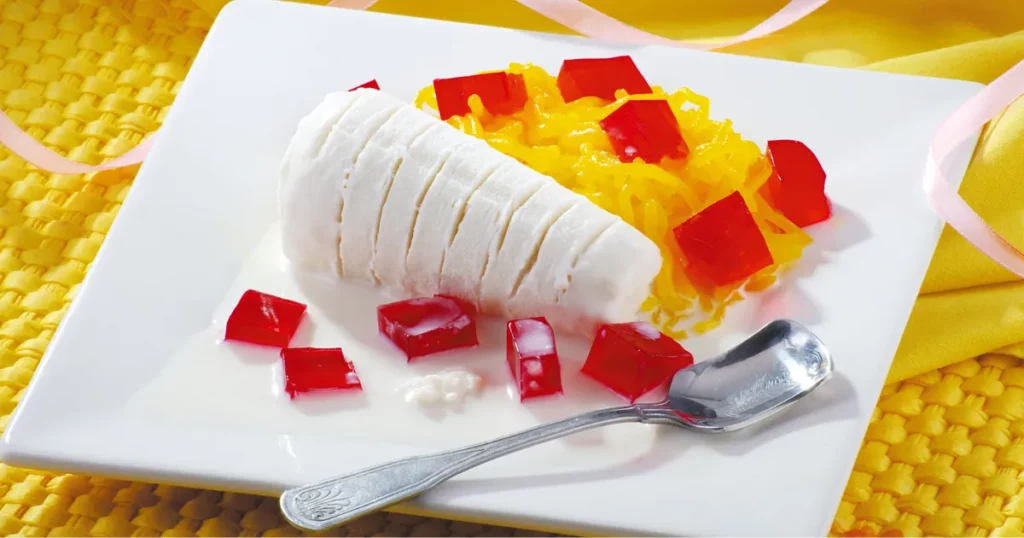
The origin of Falooda can be traced back to ancient Persia (modern-day Iran), where it was originally known as “Faloodeh.” The Persian version of this dessert was quite different from the Falooda we know today—it was primarily made from thin vermicelli-like noodles mixed with rose water, lime juice, and a semi-frozen syrup made from sugar and starch.
During the Mughal era, this Persian delicacy traveled to the Indian subcontinent, where it was embraced and transformed into the Falooda we enjoy today. The Mughals, known for their love of rich and indulgent desserts, introduced milk, basil seeds (sabja), and ice cream to the recipe, making it even more luxurious. Over time, Falooda became a staple in royal feasts and eventually found its way into street stalls, homes, and restaurants across India, Pakistan, and beyond.
The Cultural Significance of Falooda
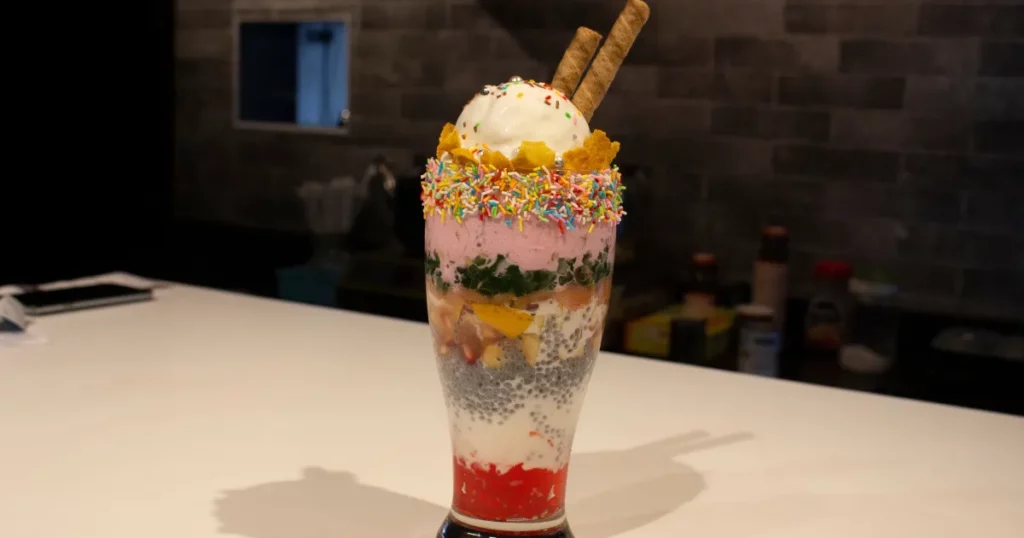
Falooda is more than just a dessert—it holds cultural significance, particularly in South Asian countries like India, Pakistan, and Bangladesh. It is often associated with festive occasions and religious celebrations.
Falooda and Festivities
- Falooda is a popular treat during Ramadan, especially for iftar, as its cooling ingredients help rehydrate the body after fasting.
- It is commonly served during Eid celebrations, adding a special touch to festive meals.
- In India and Pakistan, falooda is a favorite street food, and it is enjoyed as a refreshing escape from the summer heat.
Over the years, the origin of Falooda has shaped the way it is consumed today. Whether enjoyed at home with family or served in restaurants as a gourmet dessert, Falooda remains an integral part of South Asian culinary traditions.
Traditional Ingredients in Falooda
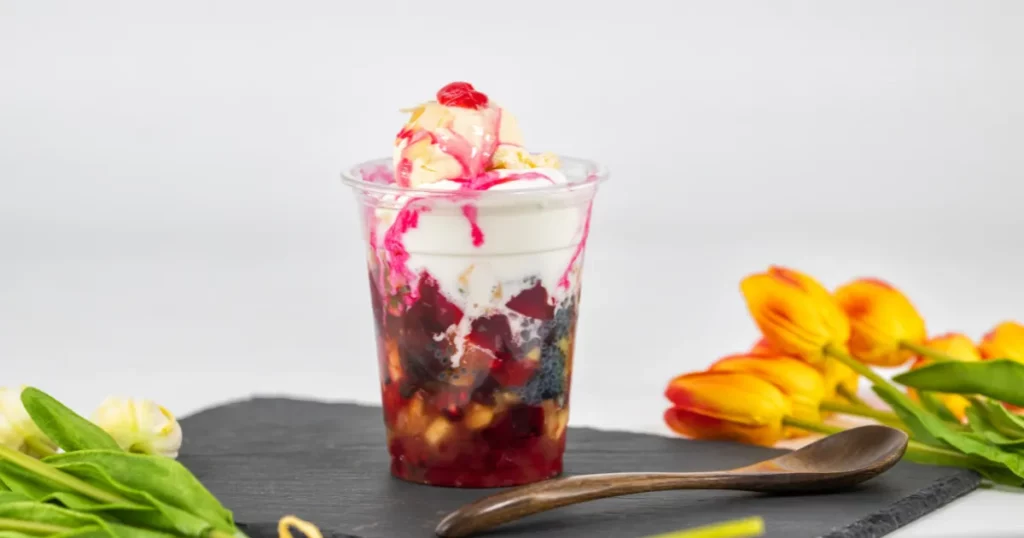
What makes Falooda so irresistible is its unique combination of ingredients, each playing a crucial role in its taste and texture. Some of the key traditional ingredients include:
- Vermicelli: Thin, silky strands made from wheat or cornflour, giving the dessert a distinct chewy texture.
- Sweet Rose Syrup: Adds a fragrant floral note and gives Falooda its signature pink hue.
- Sabja Seeds (Basil Seeds): Soaked before use, these seeds provide a cooling effect and a slight crunch.
- Chilled Milk: Enhances the creaminess and richness of the dessert.
- Jelly Cubes: Often added for an extra layer of texture and flavor.
- Ice Cream: Traditionally, Falooda is topped with a scoop of vanilla or kulfi for extra indulgence.
- Nuts & Dry Fruits: Garnished with almonds, pistachios, or cashews for added crunch and richness.
Falooda Today: A Timeless Delight
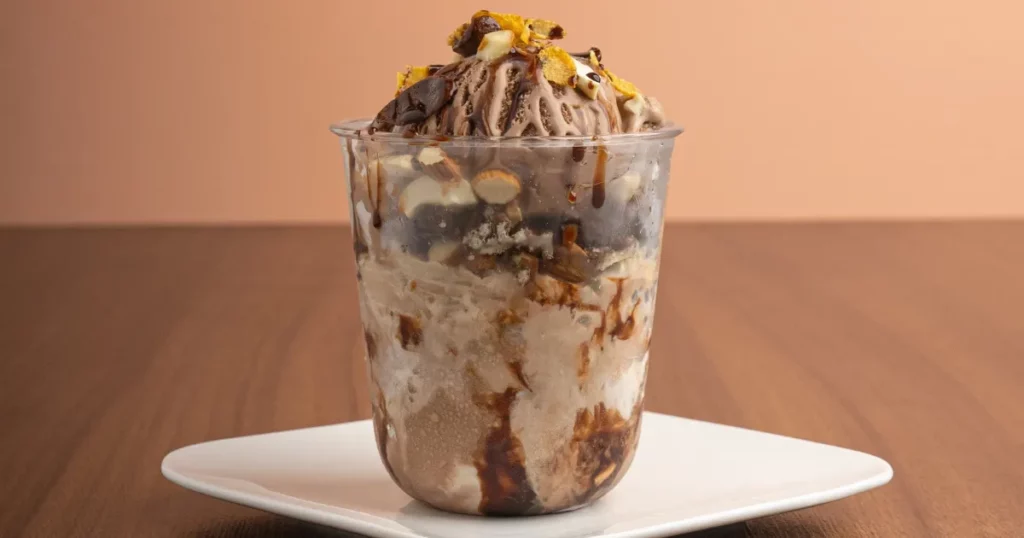
Despite its centuries-old history of Falooda, this dessert continues to evolve with modern variations that cater to different tastes and preferences. While the classic rose Falooda remains a favorite, countless versions now add new twists to the traditional recipe.
Modern Variations of Falooda
- Mango Falooda: A tropical twist with fresh mango puree and chunks of mango.
- Chocolate Falooda: A decadent version featuring chocolate syrup and cocoa-flavored vermicelli.
- Rabri Falooda: A richer version topped with thickened, sweetened milk (rabri).
- Kulfi Falooda: Combining traditional Kulfi ice cream with Falooda makes it even creamier.
- Fruit Falooda: Includes fresh fruits like strawberries, bananas, or pomegranate seeds for a refreshing change.
Today, Falooda is enjoyed not just in South Asia but other parts of the world. From being a luxurious Mughal treat to becoming a widely loved street dessert, Falooda has truly stood the test of time.
Craving Falooda? Order Authentic Kunafa on Swiggy Now!
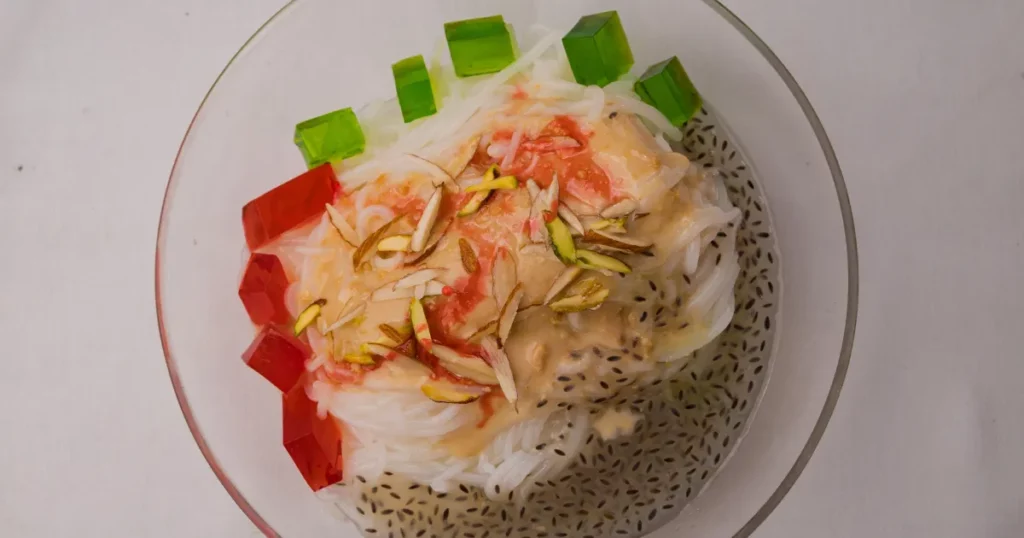
There’s nothing better than a chilled glass of Falooda on a hot day! Whether you love the classic rose Falooda or want to try a modern variation, you don’t have to make it from scratch—Order Falooda Online from your favorite local restaurants on Swiggy and enjoy this refreshing dessert from the comfort of your home.
Conclusion
Falooda’s journey from ancient Persia to the streets of South Asia is a testament to its timeless appeal. Its unique textures, fragrant flavors, and cooling properties have remained a beloved dessert for generations. Whether you enjoy it during festive celebrations or as a summer indulgence, Falooda continues to bring joy with every spoonful.
So, the next time you’re craving something sweet and refreshing, don’t hesitate—treat yourself to a delicious Falooda and experience its rich heritage firsthand!
FAQ
1. What is Falooda Origin Country?
The Falooda origin country is Persia (modern-day Iran), where it was originally known as “Faloodeh.” The dessert was later introduced to the Indian subcontinent by the Mughals, who modified it by adding milk, basil seeds, and ice cream.
2. Is Falooda similar to Faloodeh?
Yes, Falooda and Faloodeh share a common history. However, Faloodeh is a Persian dessert that is more like a semi-frozen sorbet with vermicelli and rose water, while Falooda is a creamier, milk-based dessert with additional ingredients like ice cream, nuts, and jelly.
3. What is the difference between Falooda and Falooda ice cream?
Falooda is a drinkable dessert made with milk, vermicelli, rose syrup, and basil seeds, often topped with ice cream. Falooda ice cream, on the other hand, refers to a frozen version where the flavors of Falooda are incorporated into an ice cream base.
4. Is Falooda popular outside of India?
Yes! While Falooda is most popular in India, Pakistan, and Bangladesh, it is also enjoyed in countries like Sri Lanka, Myanmar, Thailand, and even the Middle East. Many international restaurants serve Falooda as an exotic dessert, making it a global favorite.
Author Bio
Satisfying your cravings, one bite at a time. Discover the best eats, trends, and uncover the hidden gems with us to make your online ordering or dining experience a memorable one.














































































